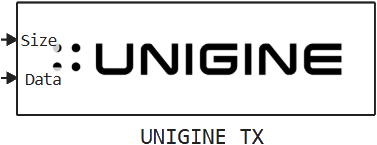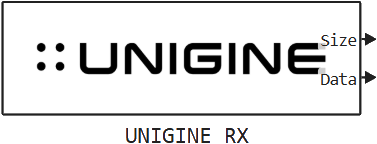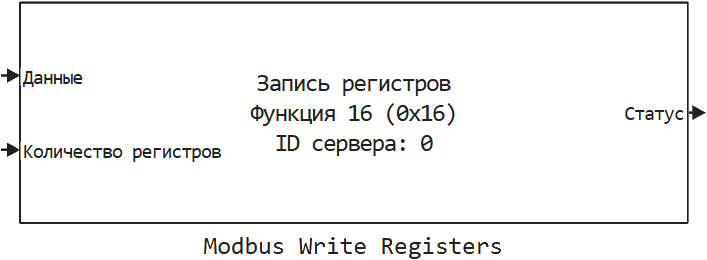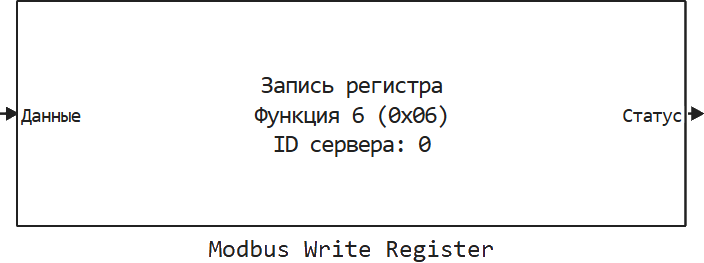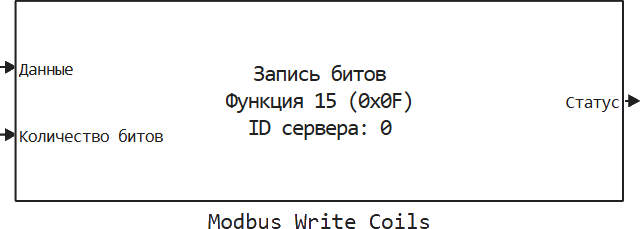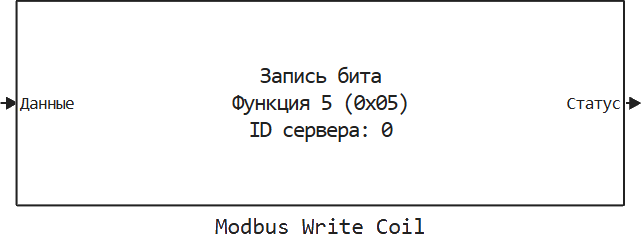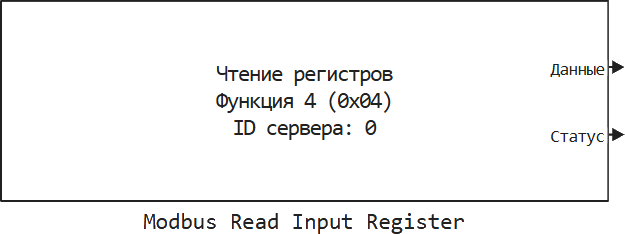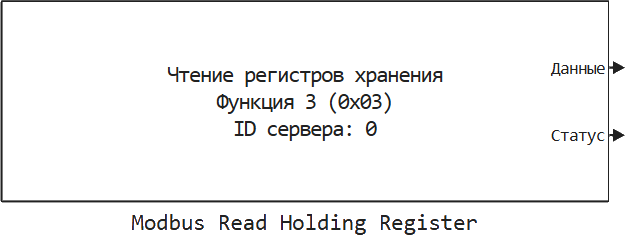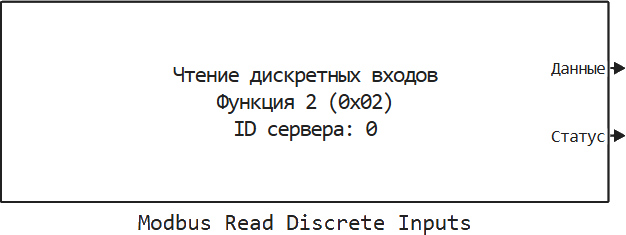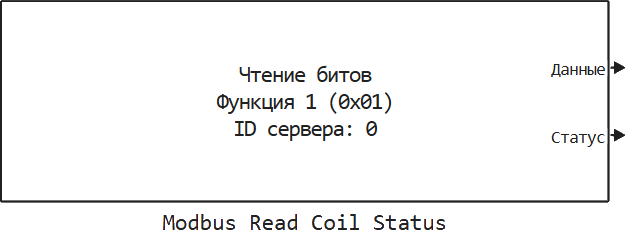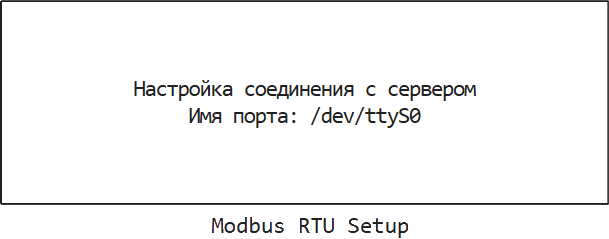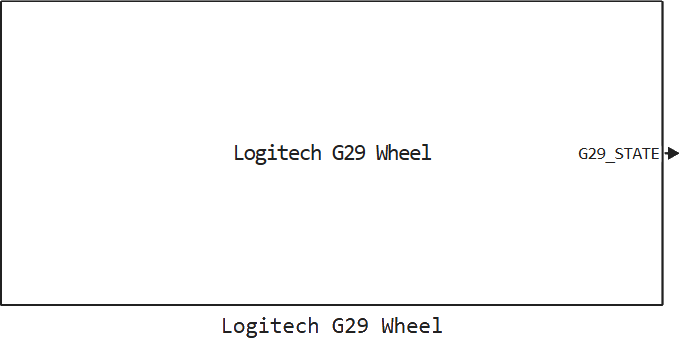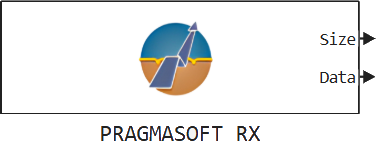What’s new in 25.6
_ Release date: June 2025_
 Overall user experience
Overall user experience
 Uploading folders to a file browser
Uploading folders to a file browser
We are sure you know how convenient it is to upload files to Engee by simply dragging and dropping into the window. file browser  from your File Explorer (or Finder). Now we have implemented the ability to drag an entire folder with files without the need for additional archiving. Well, that’s great!
from your File Explorer (or Finder). Now we have implemented the ability to drag an entire folder with files without the need for additional archiving. Well, that’s great!
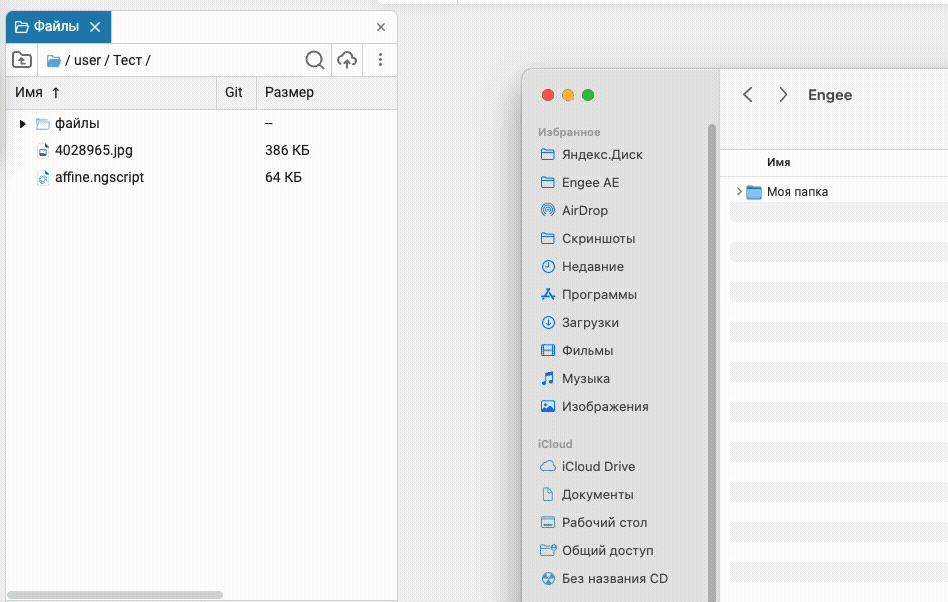
 The modeling environment
The modeling environment
 Interactive creation of source and receiver blocks
Interactive creation of source and receiver blocks
The work with the blocks that transmit has been very powerfully redesigned (


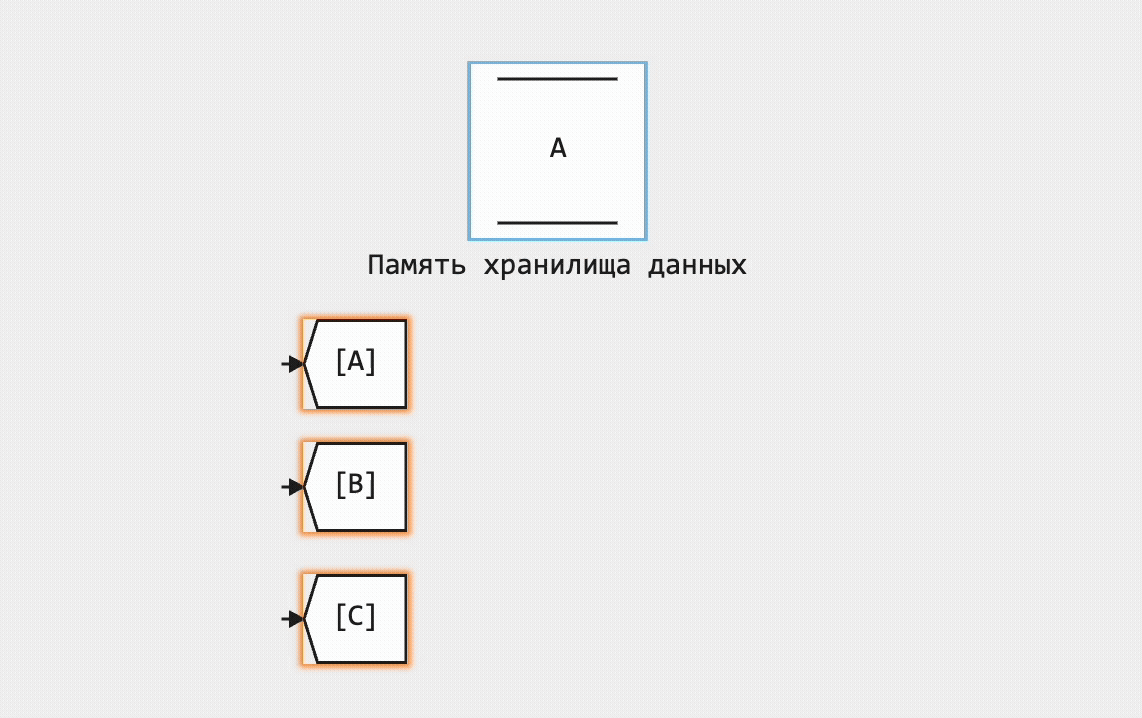
We have also implemented a tool that analyzes related blocks and makes it possible to quickly navigate them. In addition, it will warn you if conflicting receivers are added by mistake or duplicates are present.

 Multi-level proprietary libraries
Multi-level proprietary libraries
Large own block libraries  They often require a complex nested structure and hierarchy. Previously, to create a subcategory, you had to create subsystem without inputs and outputs and already put the necessary block inside it. But it was still one level of hierarchy in the library.
They often require a complex nested structure and hierarchy. Previously, to create a subcategory, you had to create subsystem without inputs and outputs and already put the necessary block inside it. But it was still one level of hierarchy in the library.
Now, from various library files (.nglib), you can assemble a multi-level library with a configurable hierarchy. To do this, go to the folder with the library you are creating (don’t forget to add it to path) you need to add a file engee_library.toml and prescribe in it the structure and composition of the library at its various levels. A clear example is shown in the screenshot below.:
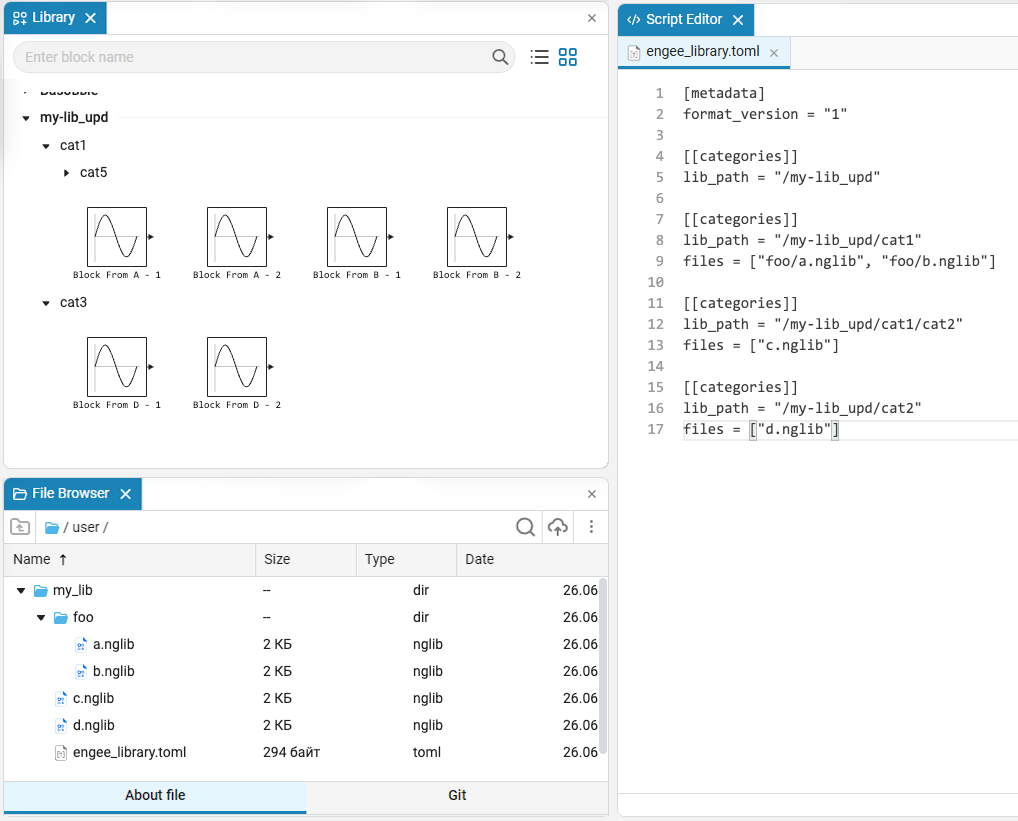
 Fundamental acceleration of software control
Fundamental acceleration of software control
We have done a lot of work on the processing, optimization and acceleration of the software core of the Engee modeling environment. This has affected many aspects of the development environment and the launch of models, but a special effect is noticeable on the speed of command execution. program management. Amazingly, we managed to speed up the startup time, build time, parameter definition, etc. to 1000 times or more! Try it yourself, you will definitely notice the difference! Software control is now performed almost instantly.
 Redesigned the recording of physical signals
Redesigned the recording of physical signals
The physical variable recording selection menu has been redesigned, it has become clearer and more convenient, and a new feature has been added — the ability to record all physical variables at once, not just for selected blocks. You can now open the tool from the same menu. Physical variables ![]() .
.

 A new element for block masks is the Button
A new element for block masks is the Button
Added a new element to block mask editor — A Button. Now you can run calculations or simulations by clicking on this element directly from your custom block or subsystem.

 Defining simulation time by expression or variable
Defining simulation time by expression or variable
Previously, you could only determine the end time of a simulation by a specific number. Now we have implemented for you the possibility to define it with a variable or a mathematical expression. This can be useful, for example, to finish executing the model at the end of the experimental data, or to link it to the sampling rate of the model. This feature also opens up additional automation options.

 Message about an emergency stop in Diagnostics
Message about an emergency stop in Diagnostics
Previously, there was a possible situation when model simulations ended with an error, but no warnings were displayed and it seemed that the process was completed successfully. Now we’ve fixed that and added new messages to the menu. model diagnostics  , which will display the corresponding warning and the time for which the simulation was terminated in an emergency.
, which will display the corresponding warning and the time for which the simulation was terminated in an emergency.

 Warning when renaming ports of State machines
Warning when renaming ports of State machines
Added an informational warning that you are trying to enter a busy value for ports finite automata when renaming them.

 New engineering application: Amp parameter estimation
New engineering application: Amp parameter estimation
The app "Evaluation of amplifier parameters  " simulates nonlinear power amplifiers using data from real or synthesized signals. It allows you to take into account the expansion of the spectrum and interference in neighboring channels, as well as apply digital signal pre-distortion (DPD) to minimize distortion.
" simulates nonlinear power amplifiers using data from real or synthesized signals. It allows you to take into account the expansion of the spectrum and interference in neighboring channels, as well as apply digital signal pre-distortion (DPD) to minimize distortion.
The purpose of DPD is to distort the input signal so that after passing through the amplifier, the resulting signal is close to ideal. The application supports various algorithms for calculating DPD parameters, such as RLS, LMS, NLMS, RPEM and regularized RLS, as well as model architectures, including P, MP and GMP. The choice of architecture depends on the estimation of the normalized mean square error (NMSE) of the amplifier model.
Digital preconfigurements provide:
-
Improving energy efficiency;
-
Reduction of nonlinear distortion and channel-to-channel interference;
-
Reducing the size of the amplifier.
The application helps to adapt wireless communication systems to specific operating conditions, effectively using power amplifiers.
 Library updates and fixes
Library updates and fixes
Communication systems
Functions:
-
ifft. -
hillbert -
`xcorr
-
conv -
demod -
circshift -
fftshift -
ifftshift -
modulate -
xcorr2 -
snr
















